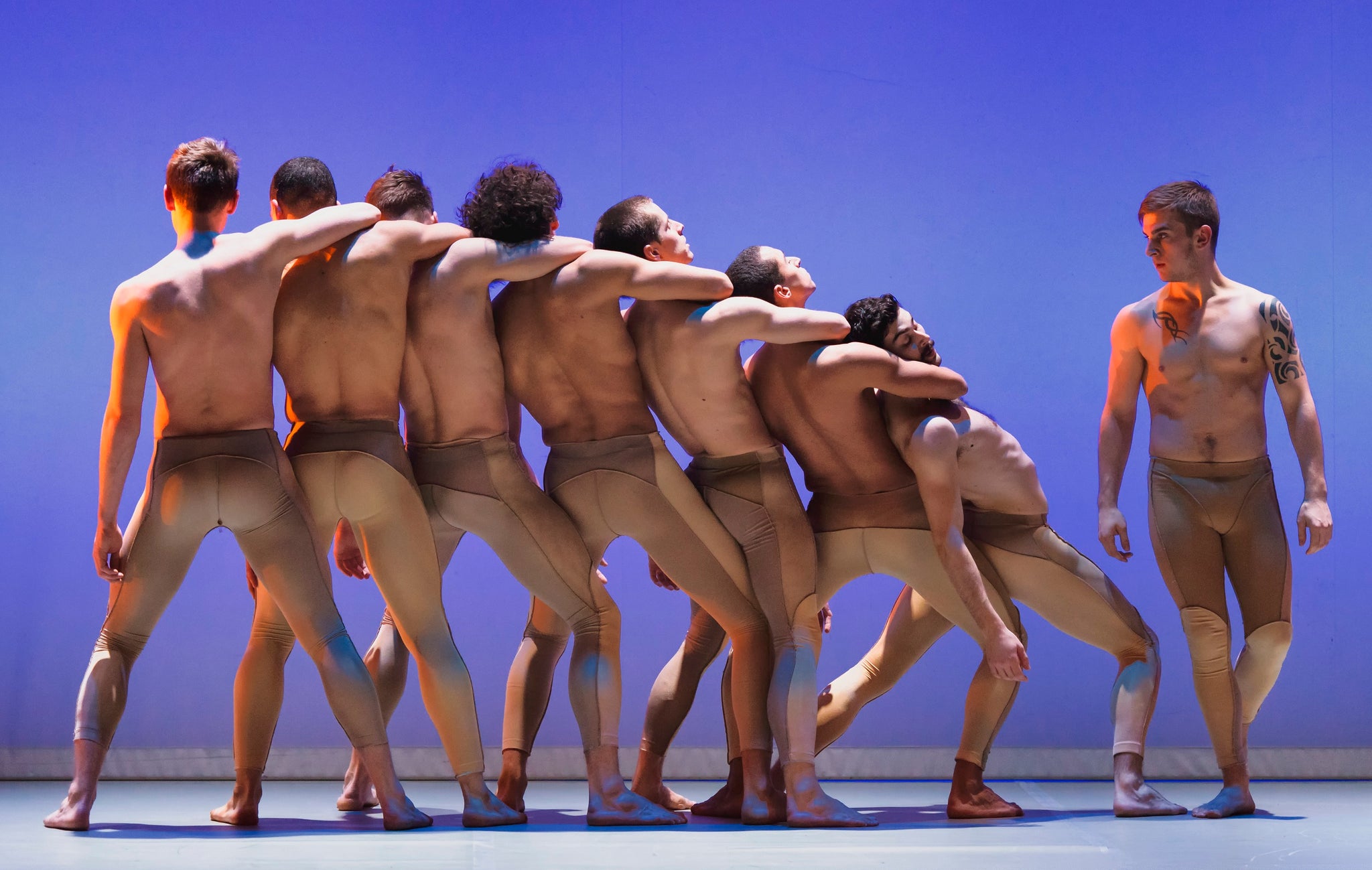Spellbound
Two performers crawl in on hands and knees wearing neon green, hooded coveralls—the lightweight papery kind made for working in a sterile environment—and clusters of balloons pinned to their backs.
Continue Reading
World-class review of ballet and dance.
The billing for “Young Men,” Iván Pérez’s contribution to NOW's WW1 Centenary Art Commission, features an up-close shot of a man’s grimy, tear-stained face alongside a quote from Jose Narosky: “In war, there are no unwounded soldiers.” The ad speaks to the hushed, harrowing sense of violence Pérez endeavours to capture and shape in his forthcoming piece, which is due to premiere in January and meditates on the psychological reverberations of wartime bloodshed.
Performance
Place
Words

BalletBoyz in Liam Scarlett's “Serpent.” Photograph by Panos


“Uncommonly intelligent, substantial coverage.”
Your weekly source for world-class dance reviews, interviews, articles, and more.
Already a paid subscriber? Login
Two performers crawl in on hands and knees wearing neon green, hooded coveralls—the lightweight papery kind made for working in a sterile environment—and clusters of balloons pinned to their backs.
Continue ReadingWill Rawls makes boundaries visible by defying them. Known for the disciplinary and topical range of his projects, the choreographer, director, and performer approaches issues of representation in “[siccer],” a multi-part, multi-site work co-presented by L’Alliance New York’s Crossing the Line Festival. A live performance at Performance Space New York accompanies a multimedia installation at the Kitchen, a book published by Wendy’s Subway, and an album published by the artist. With a creative process reaching back to 2018, the work delves explicitly into pandemic-era energies and inertias with focused intimacy and a pervasive sense of instability.
Continue ReadingIt is always interesting when multiple theme steps emerge over the course of a mixed repertory evening, but it is uncanny on one featuring five different ballets, each with a different choreographer and composer, covering a twenty-year span (2005-2025).
Continue ReadingZvidance premiered its new work “Dandelion” mid-November at New York Live Arts. Founded by Zvi Gotheiner in 1989, Zvidance has been a steady presence in the New York contemporary dance scene, a reliable source of compositional integrity, and a magnet for wonderful dancers.
Continue Reading
comments